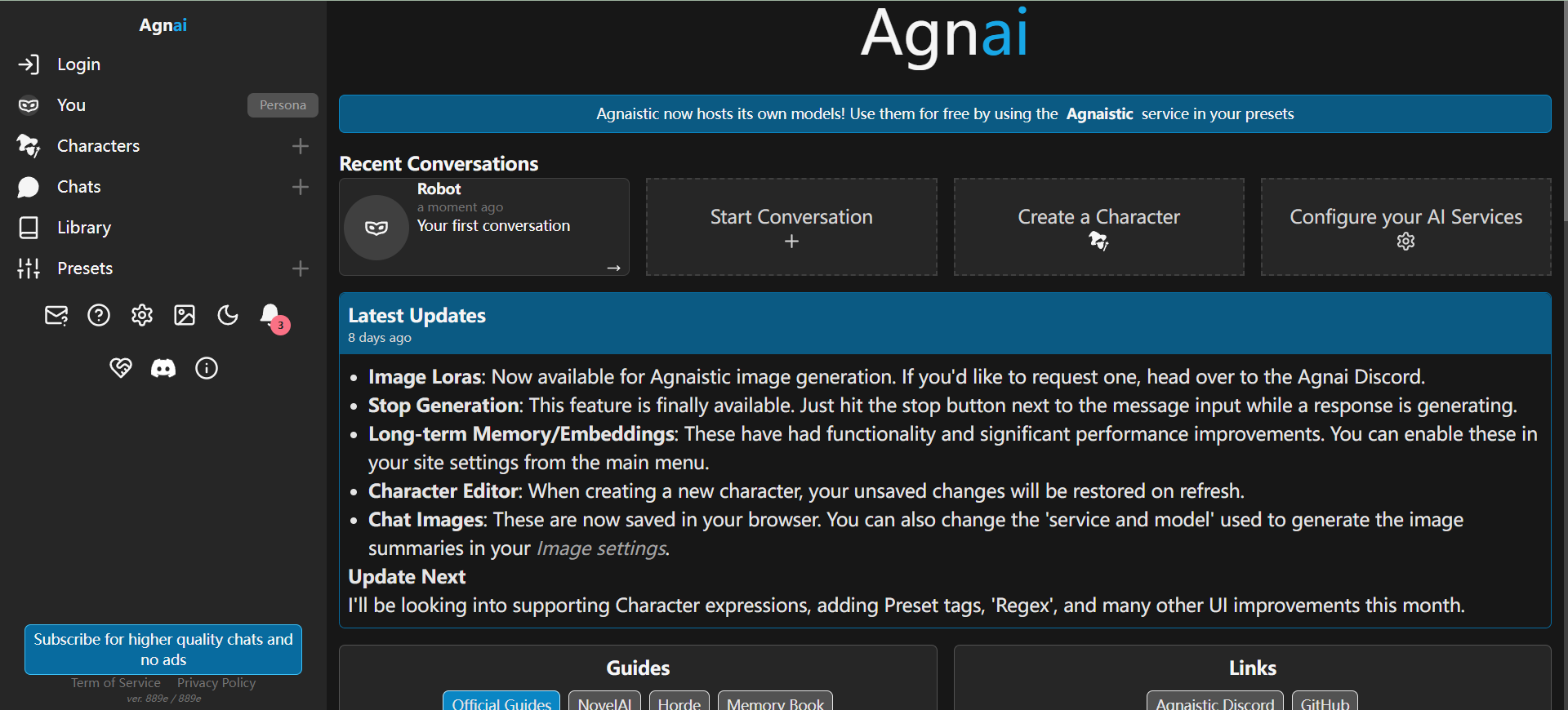InvSR: Open source image super-resolution project to improve the quality of image resolution
General Introduction
InvSR is an innovative open-source image super-resolution project based on diffusion inversion techniques capable of converting low-resolution images into high-quality, high-resolution images. The project utilizes the rich image prior knowledge embedded in a pre-trained large-scale diffusion model, and supports an arbitrary sampling step ranging from 1 to 5 steps through a flexible sampling mechanism, which greatly improves the processing efficiency while maintaining the image quality. The project adopts SD-Turbo as the base model, and realizes an efficient and flexible image super-resolution processing process by training a specific noise prediction network. invSR is not only suitable for academic research, but also can be applied to practical image processing needs, which is an open source tool with both innovation and practicality.
probation
https://huggingface.co/spaces/OAOA/InvSR
https://colab.research.google.com/drive/1hjgCFnAU4oUUhh9VRfTwsFN1AiIjdcSR?usp=sharing

Experience: https://replicate.com/zsyoaoa/invsr
Function List
- Supports image super-resolution processing in any number of steps
- Improving Image Quality with Diffusion Inversion
- Integration of pre-trained SD-Turbo models
- Provide flexible sampling mechanisms
- Supports batch image processing
- Providing pre-trained noise prediction network models
- Open source support for customized training and modifications
- Support multiple image formats input and output
- Provide detailed evaluation results and performance metrics
- Includes complete documentation of the training process
Using Help
1. Environmental configuration
The first thing you need to do is make sure your system meets the following requirements:
- Python 3.8+
- PyTorch 2.0+
- CUDA support (GPU acceleration recommended)
2. Installation steps
- Cloning Project Warehouse:
git clone https://github.com/zsyOAOA/InvSR.git
cd InvSR
- Install the dependency packages:
pip install -r requirements.txt
- Download the pre-trained model:
Visit the project release page to downloadnoise_predictor_sd_turbo_v5.pthmodel file and place it in the specified directory.
3. Methods of use
Basic use
- Prepare the input image:
- Support for common image formats (jpg, png, etc.)
- Place the image to be processed into the input folder
- Run super-resolution processing:
python inference.py --input_path input_image.jpg --output_path output_image.jpg
Advanced Parameter Settings
--sampling_steps: Set the number of sampling steps (1-5), the higher the value the better the quality, but the processing time is longer--scale: Setting the magnification--seed: Setting random seeds to ensure reproducible results
4. Performance optimization recommendations
- For large images, chunking is recommended.
- Adjust batch_size when GPU memory is low
- Sampling steps and processing speed can be balanced according to actual needs
5. Frequently asked questions
- Insufficient memory:
- Reducing the size of processed images
- Reduce batch_size
- Use of chunking mode
- Processing speed optimization:
- Reduced number of sampling steps
- Using GPU acceleration
- Enable batch mode
- Output quality improvement:
- Increase the number of sampling steps
- Adjustment of model parameters
- Use higher quality input images
6. Advanced use
- Support for custom training: you can use your own dataset for model fine-tuning
- Batch mode: supports simultaneous processing of multiple images
- Integration API: Provide Python API interface for easy integration into other projects.
© Copyright notes
Article copyright AI Sharing Circle All, please do not reproduce without permission.
Related posts

No comments...




